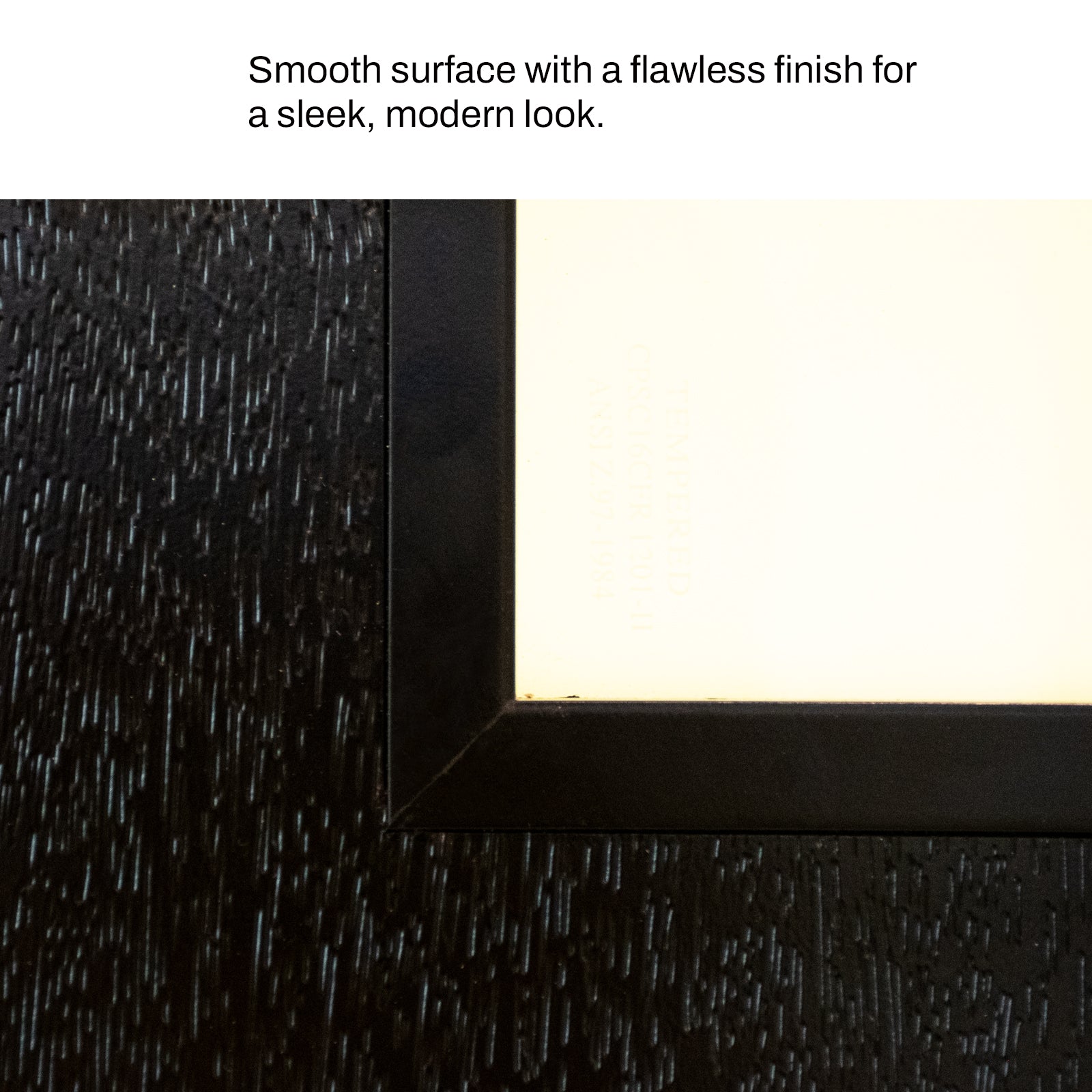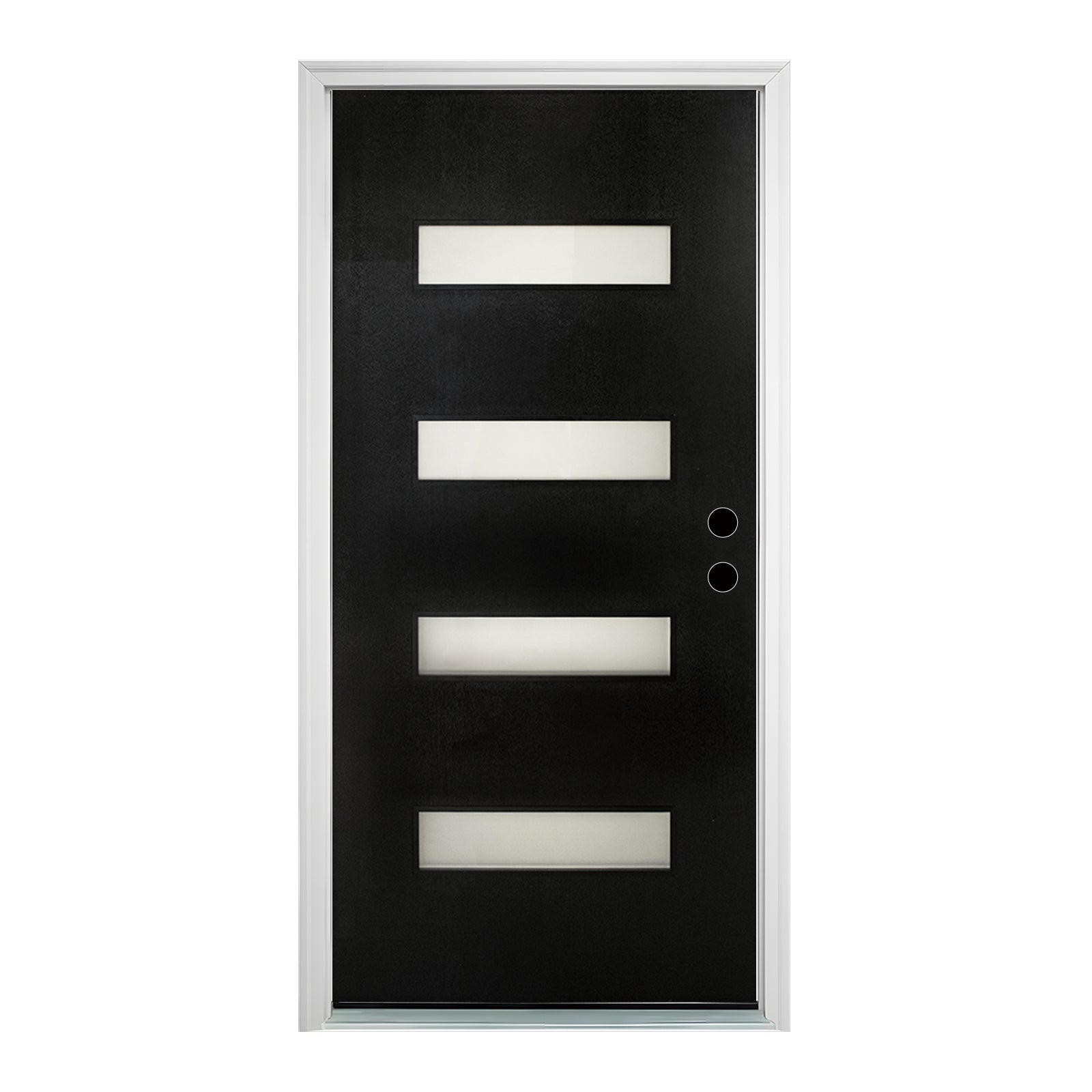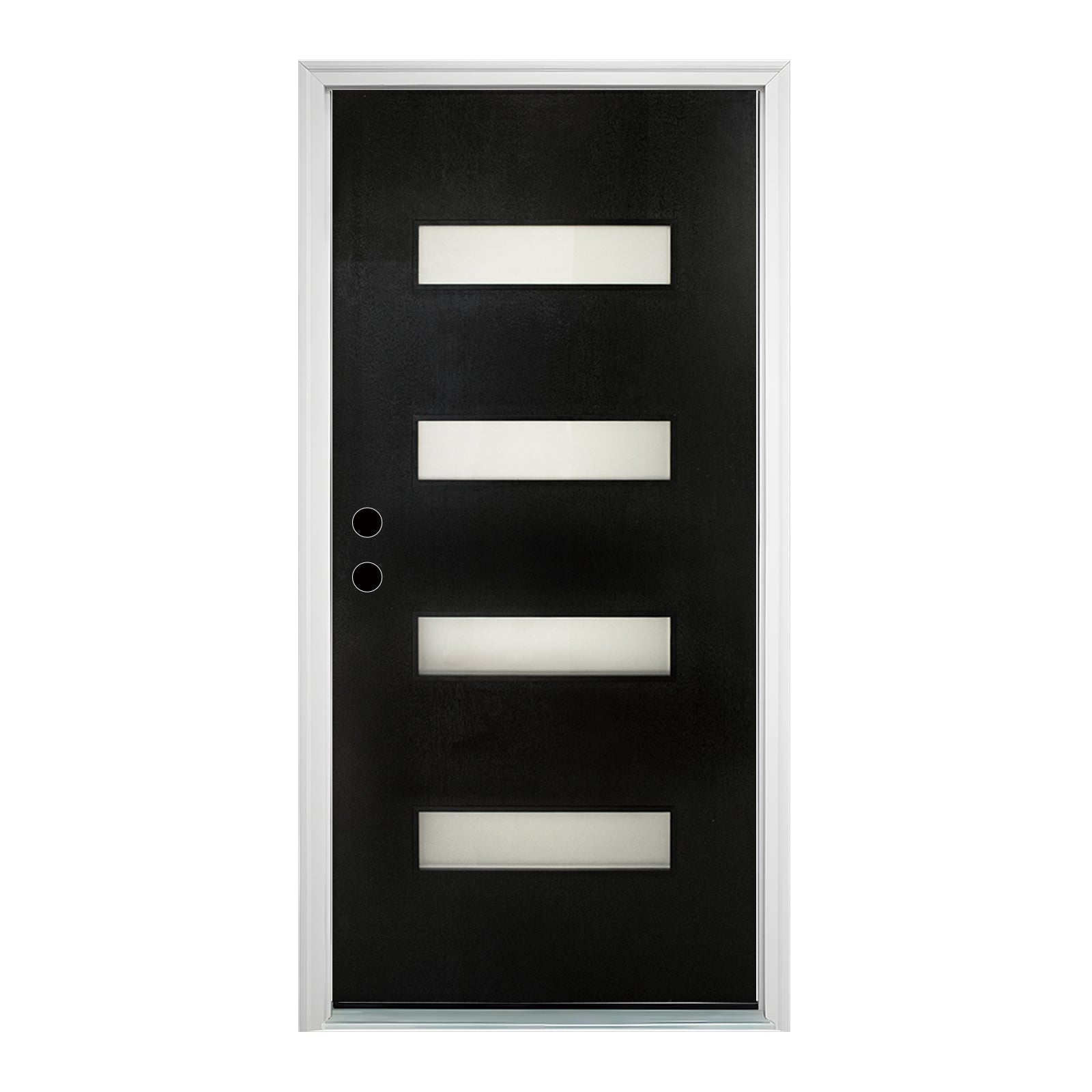Your entry door serves as more than just a functional barrier between your home and the outside world. It's the first impression visitors receive, a statement of your personal style, and a critical component of your home's security and energy efficiency. The right entry door can transform your home's curb appeal while providing decades of reliable performance.
In recent years, fiberglass doors have emerged as the material of choice for discerning homeowners who refuse to compromise between aesthetics and practicality. While traditional wood doors once dominated the market, fiberglass technology has advanced to offer realistic wood-grain textures and finishes that rival authentic timber, without the drawbacks that plague natural materials.

Fiberglass doors deliver exceptional value through their remarkable durability, minimal maintenance requirements, and superior energy efficiency. They resist warping, cracking, and rotting while standing strong against harsh weather conditions. For homeowners seeking a long-term investment that enhances both beauty and functionality, fiberglass represents a smart choice that pays dividends for years to come.
The Advantages of Fiberglass Entry Doors
Fiberglass doors stand out for their exceptional structural integrity that withstands the test of time. Unlike materials that deteriorate under stress, fiberglass maintains its shape and strength through decades of daily use. The composite construction creates a door that won't sag on its hinges or develop gaps that compromise security and climate control. Homeowners can expect their fiberglass entry door to perform flawlessly through countless openings and closings without showing signs of wear.

Moisture poses one of the greatest threats to traditional door materials, but fiberglass excels where others fail. The non-porous surface repels water rather than absorbing it, preventing the swelling and contraction cycles that plague wood doors. This moisture resistance proves particularly valuable in humid climates or coastal areas where salt air accelerates deterioration. Rain, snow, and ice slide off fiberglass surfaces without leaving lasting damage, ensuring your entryway maintains its pristine appearance regardless of weather conditions.
When compared to wood doors, fiberglass eliminates the common frustrations that come with natural materials. Wood doors require regular staining or painting to maintain their appearance and protection against the elements. They're susceptible to insect damage, rot, and splitting as they age. Fiberglass replicates the warm, authentic look of wood grain with remarkable accuracy, yet it never needs the intensive upkeep that wood demands. The initial investment in a fiberglass door pays off through years of trouble-free service, while wood doors demand ongoing attention and eventual replacement as moisture damage takes its toll.
Designing Your Entryway with Fiberglass Doors
Modern fiberglass doors offer an impressive array of design possibilities that suit virtually any architectural style. Craftsman-style doors with decorative glass panels and bold horizontal lines complement traditional homes, while sleek contemporary designs with minimalist hardware and clean geometric patterns enhance modern architecture. Rustic doors featuring deep wood-grain textures and iron accents create welcoming warmth for country or farmhouse aesthetics. For classic elegance, consider designs with raised panels and sophisticated detailing that echo colonial or Victorian sensibilities.

Selecting the right style begins with evaluating your home's existing architecture and identifying elements that deserve emphasis. Examine your home's exterior materials, roofline, and window styles to determine which door design creates visual harmony rather than conflict. A Mediterranean-style home benefits from arched glass inserts and ornate details, while a Cape Cod cottage looks best with simpler panel configurations and traditional proportions. Consider your neighborhood's character as well—your entry door should feel distinctive without clashing with surrounding homes. The color palette matters tremendously; darker tones convey sophistication and hide wear, while lighter shades create an inviting, airy feel that makes your entrance appear larger.
Customization transforms a standard fiberglass door into a personalized statement piece that reflects your unique taste. Glass options range from clear panels that maximize natural light to decorative options with frosted, textured, or stained designs that provide privacy while adding visual interest. Sidelights and transoms expand the door's presence and flood your entryway with illumination. Hardware selections—from brushed nickel to oil-rubbed bronze—add finishing touches that tie together your home's overall aesthetic. Many manufacturers, including Framewell, offer custom paint colors and wood-grain finishes, allowing you to match existing trim or create striking contrast that draws the eye to your entrance.
Maintenance and Longevity
Caring for fiberglass doors requires minimal effort compared to traditional materials, making them ideal for busy homeowners. Clean your door every few months using mild soap and water with a soft cloth or sponge, avoiding abrasive cleaners that might dull the finish. Rinse thoroughly and dry with a clean towel to prevent water spots. Inspect weatherstripping annually and replace it if you notice gaps or compression, ensuring your door maintains its energy efficiency. Lubricate hinges and locks once or twice yearly with a silicone-based spray to keep hardware operating smoothly. For doors with wood-grain finishes, touch up any scratches with manufacturer-recommended paint to maintain protection and appearance.

The longevity of fiberglass doors surpasses virtually all other entry door materials, with properly maintained units lasting thirty years or more without replacement. The composite structure remains stable through extreme temperature fluctuations that would cause wood to expand and contract or steel to warp. UV-resistant coatings prevent fading and chalking even in harsh sunlight, keeping colors vibrant decade after decade. The door's core maintains its insulating properties indefinitely, unlike foam insulation in steel doors that can degrade over time. Fiberglass doesn't rust, rot, or attract pests, eliminating the common failure points that shorten the lifespan of alternative materials. This exceptional durability means your investment continues delivering value long after wood doors would require refinishing or replacement.
Financial savings accumulate substantially over a fiberglass door's lifetime through reduced maintenance demands. Homeowners avoid the recurring costs of staining, painting, or refinishing that wood doors require every few years to maintain their protective coating and appearance. There's no need for professional repairs to fix warping, water damage, or structural deterioration that plague less durable materials. Energy savings compound monthly as the door's superior insulation reduces heating and cooling costs. When you calculate the total cost of ownership—including purchase price, maintenance expenses, and energy efficiency—fiberglass doors prove remarkably economical despite their higher initial investment compared to basic alternatives.
Environmental Benefits
Fiberglass doors contribute significantly to environmental sustainability through their energy-efficient properties that reduce household carbon footprints. The dense polyurethane foam core provides exceptional insulation values, creating an effective thermal barrier that prevents heat transfer between your home's interior and the outdoors. This superior insulation minimizes the workload on heating and cooling systems, directly reducing energy consumption throughout the year. Homes with fiberglass entry doors typically see noticeable decreases in utility bills as HVAC systems run less frequently to maintain comfortable temperatures. The tight seal created by properly installed fiberglass doors eliminates drafts and air infiltration that force climate control systems to work overtime, translating environmental benefits into tangible cost savings while reducing greenhouse gas emissions from power generation.
The manufacturing process and material composition of fiberglass doors reflect growing environmental consciousness in the building materials industry. Many manufacturers incorporate recycled glass fibers and reclaimed materials into their production processes, diverting waste from landfills while creating durable products. The longevity of fiberglass doors means fewer replacements over a home's lifetime, reducing the environmental impact associated with manufacturing, transportation, and disposal of door units. Unlike wood doors that require harvesting trees or steel doors with energy-intensive metal production, fiberglass utilizes abundant raw materials with lower environmental costs. The production process generates minimal waste, and the finished products don't release harmful chemicals or volatile organic compounds into your home's air quality.
Beyond their inherent material advantages, fiberglass doors support broader sustainability goals through their contribution to whole-home energy performance. When combined with proper weatherstripping and professional installation, these doors help homes achieve better ratings in green building certification programs. The reduced heating and cooling demands lower dependence on fossil fuels, whether your home uses natural gas, oil, or electricity from conventional power plants. Over decades of service, a single fiberglass door prevents tons of carbon dioxide emissions compared to poorly insulating alternatives. For environmentally conscious homeowners seeking to reduce their ecological impact without sacrificing comfort or aesthetics, fiberglass doors represent a practical choice that aligns environmental responsibility with everyday functionality and long-term value.
Making the Smart Choice for Your Home's Entryway
Fiberglass entry doors represent a transformative advancement in home entryway design, combining aesthetic versatility with unmatched practical performance. Their exceptional durability withstands decades of use without warping, rotting, or requiring the intensive maintenance that burdens other materials. The design flexibility allows homeowners to achieve any architectural vision, from traditional elegance to contemporary minimalism, while customization options ensure your entrance reflects your personal style. Superior insulation properties reduce energy costs and environmental impact, making fiberglass doors a responsible choice for sustainability-minded households.
For homeowners planning renovations or new construction, fiberglass doors offer compelling advantages that justify their consideration as the premier entryway solution. The combination of low maintenance requirements, extended lifespan, and energy efficiency creates long-term value that far exceeds the initial investment. Whether you prioritize curb appeal, security, environmental responsibility, or simply want a beautiful entrance that performs flawlessly year after year, fiberglass doors deliver on every front. Transform your home's first impression with an exterior door and frame engineered for the future—one that welcomes guests with style while protecting your investment for generations to come.


